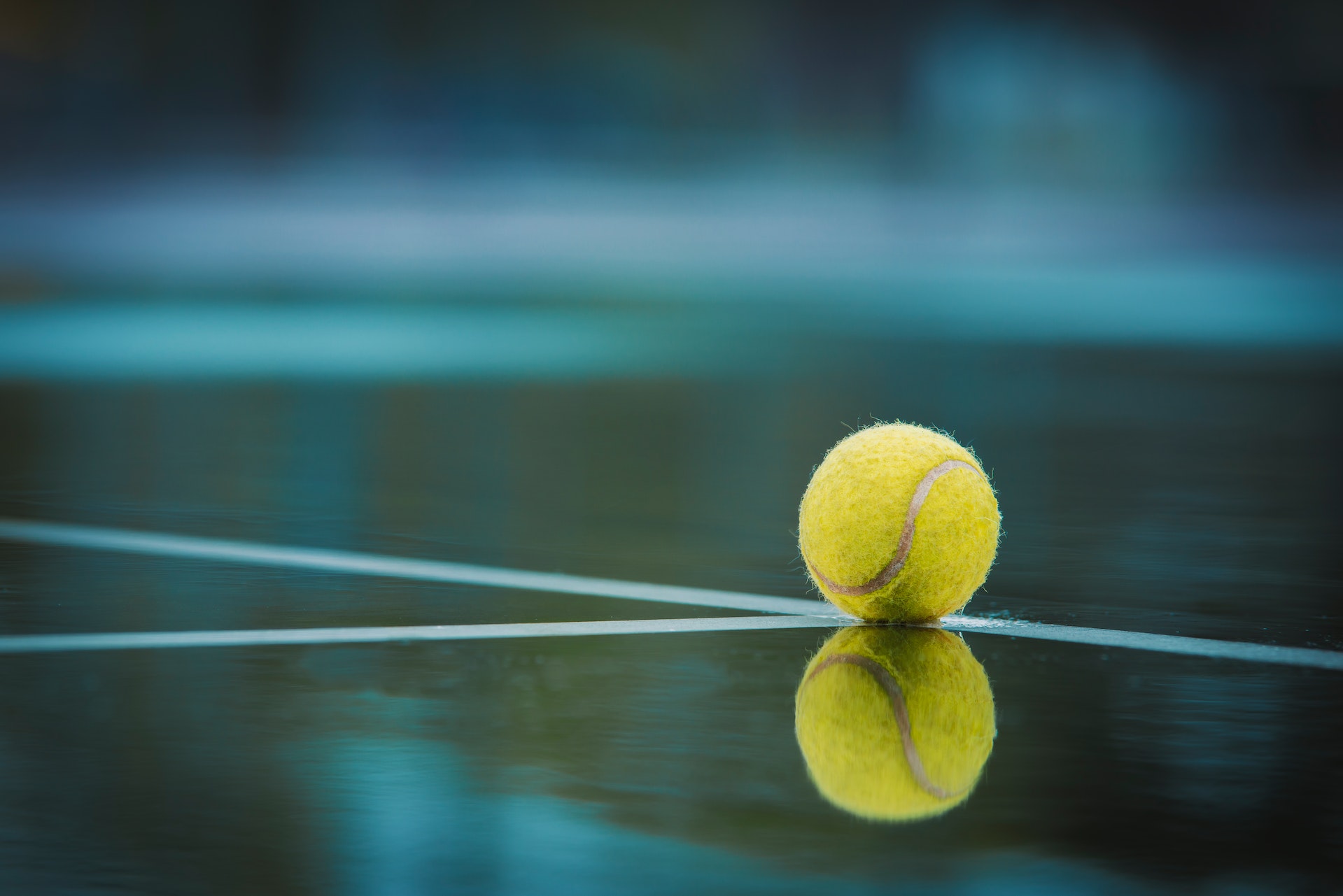
An excerpt from Chris Lewit’s best-selling book, The Secrets of Spanish Tennis.
“We play a lot on clay in Spain because we have a lot of clay courts and it’s good for learning the game,” said Javier Piles, long-time coach for David Ferrer, the 2013 French Open singles finalist. “On clay the players learn to move and hit their shots on balance even when under pressure and this helps them a lot.”
The ubiquitous red clay courts of Spain are perhaps the true Secret of Spanish tennis. As all Spanish coaches will testify–the clay helps the development of tennis players in myriad ways:
- The clay is very slow, and by slowing down the ball speed, it becomes very difficult to hit clean winners when the kids are young. Young players learn to win with consistency and patience, rather than by trying to go for outright winners.
- Because the points are longer, players learn tactics better–they learn how to construct points rather than just hit winners. Players learn how to position their opponent, hurt them, move them around, and use geometry of the court–they learn the chess game of tennis.
- The clay is less stressful on the joints of the lower body and back, allowing players to train longer with less pain and fewer chronic injuries.
- The slow ball speed on clay can assist in the development of proper technique in young, developing players. The balls generally don’t bounce that high or too fast, allowing for good grips and contact points for 10-and-under players, and the extra time produces a lot of long rallies for good quality stroke production.
- The slow and heavy conditions on the red clay force the player to develop maximum kinetic chain and racquet head speed in order to successfully compete. Players learn by necessity to develop a strong acceleration.
- The inherent instability of the clay surface helps players develop better dynamic balance, stability on the run, and general lower body and foot coordination.
Read the book and get a signed copy by Chris!






